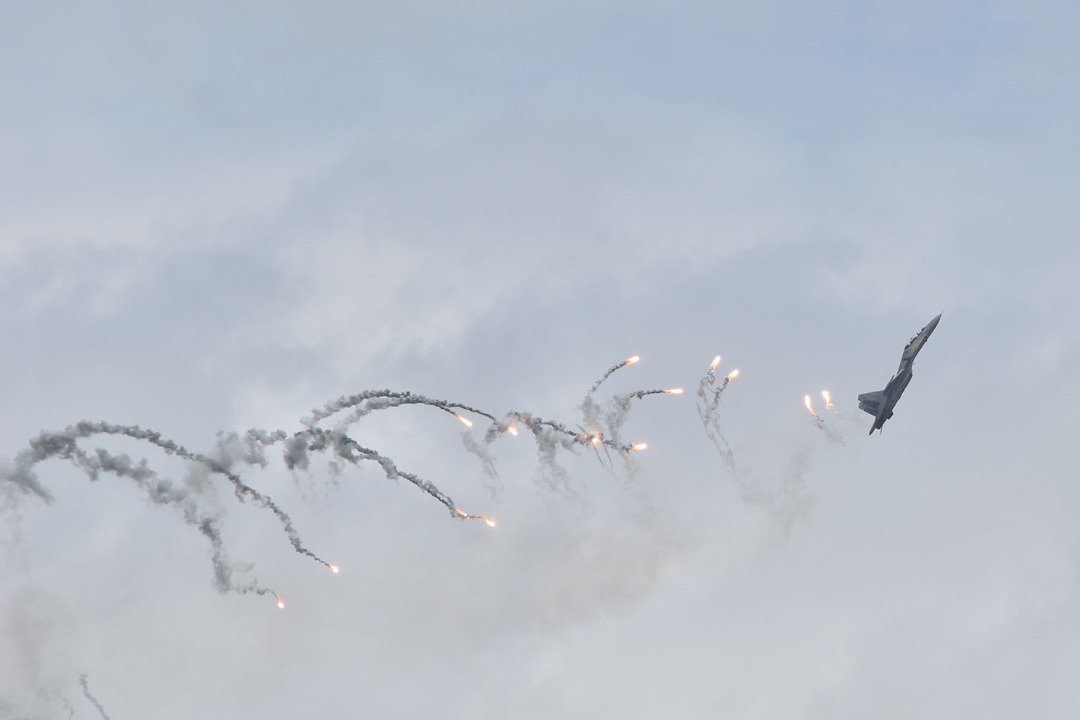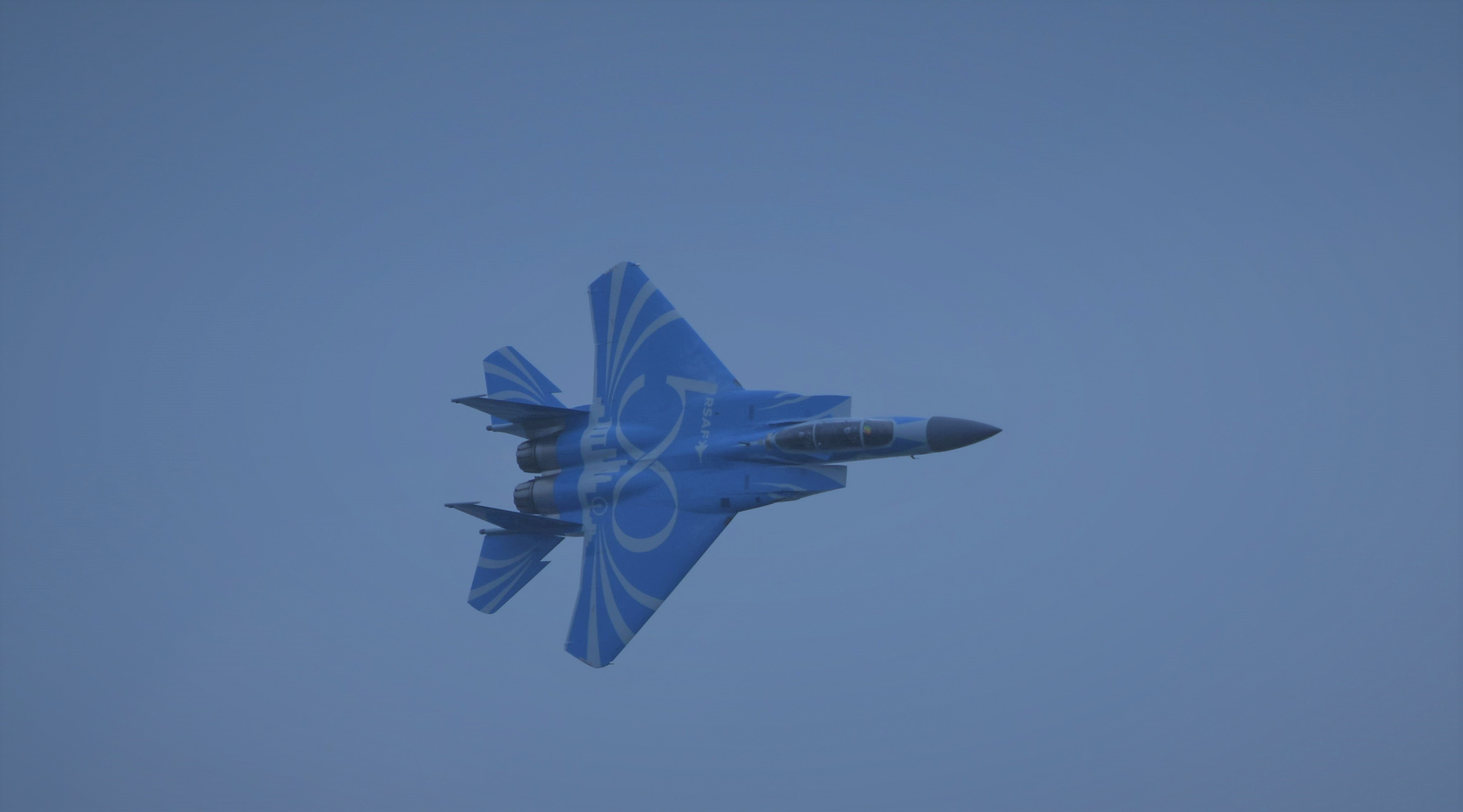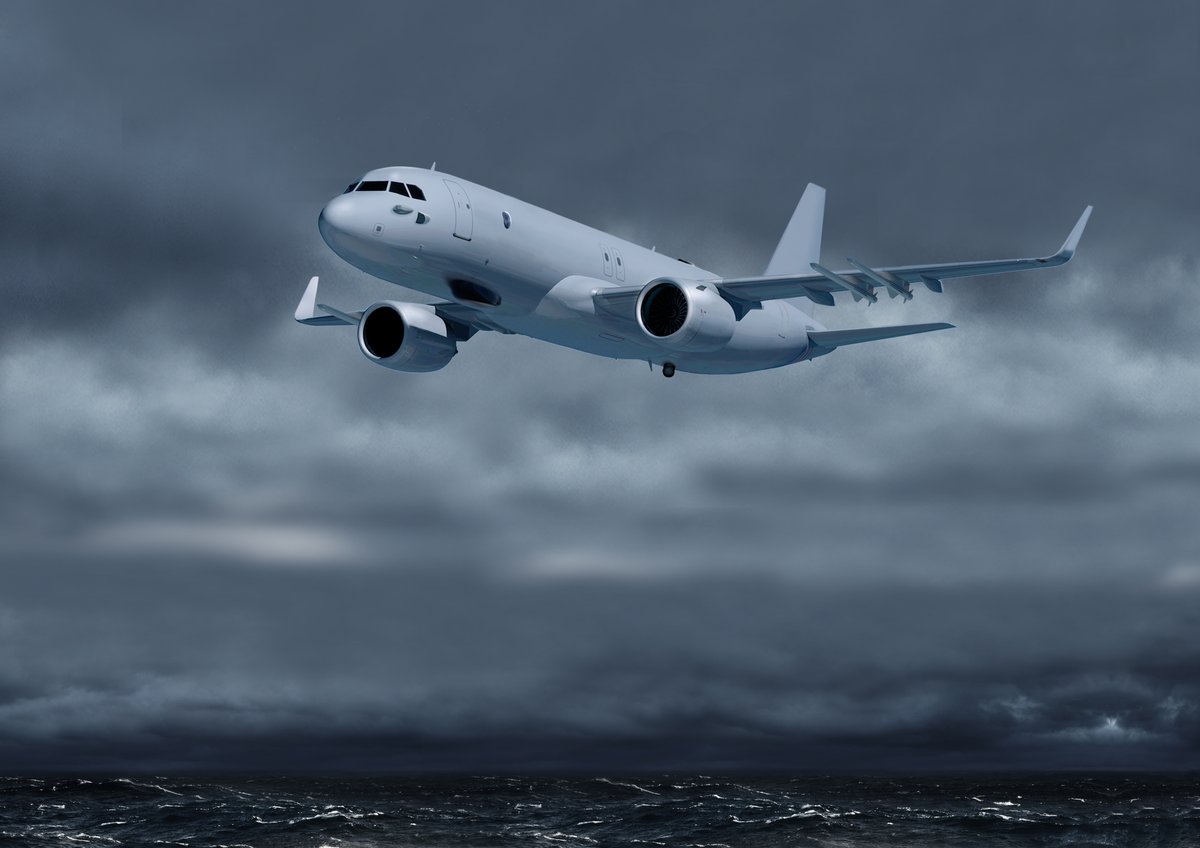SHAH ALAM: Communication Breakdown. It appears there is something brewing on the MD530G light scout attack helicopter program. Its got nothing to do with deliveries or similar things. This of course have been settled after what had happened last year.
I will not explain the full details of whats brewing here, suffice to say I am wary of getting caught in the middle of this thing. I am cautious as the MD530G have brought me some grief already and its likely that it will continue to do so.


Hanging in the air, a RMAF picture of the Flanker in her display on Feb. 7. I miss the shot as my zoom lens was not wide enough. For once I was crying for short-telephoto lens!
And no, what I am saying here, its not my opinion! Of course if the issue is settled in time for DSA 2018 in April, I will update this posting. In the meantime, I will grab some keropok and sit back.


RSAF F-15SG in the 50th anniversary colours performing on Feb. 7, 2018. Another Strike Eagle painted in the same colours was in the static display
Anyhow at a briefing with the Malaysia media at the Singapore Airshow on Feb. 8 Airbus Defence and Space ISR market development head Fernando Ciria again emphasised the C295 twin turboprop was more than capable in meeting Malaysian maritime surveillance requirements.
The afterburner of the F-15SG
He says that they would be able to configure the C295 for not only for surveillance missions “but all the way to the high end maritime patrol with anti submarine warfare capabilities.”
RSAF F-15SG and F-16s in their display at the Singapore Airshow
Ciria says they are in discussions with the Malaysian customers, MMEA and RMAF, though there was no program of record at the moment.He also says unlike others, the Airbus solution was an integrated one. “We are the sole provider, from the aircraft to the mission systems.
Airbus A320Neo military
A day earlier, Airbus announced that it was offering an armed version of the A320NEO as a maritime patroller, competing directly against the Boeing P-8 Poseidon, the current benchmark for MPA.
The A320NEO has yet to find a customer though it has already been offered to some countries together with the C295. I did not ask Ciria about Malaysia though, this clearly is beyond us, or not?
— Malaysian Defence


View Comments (8)
Wow, New A320Neo MPA Version ?. Is will be a new Update Of MPA Offer or not. Cause it will easy for us to use A320 like Air asia. But the Main Problem is EU will Remove any Oil from Malaysia ?.
Hishammudin announces the first 2 helis will be placed at FOB Lahad Datu by April, does this mean the helicopters will arrive soon?
https://www.nst.com.my/news/nation/2018/02/333794/two-mcdonnell-douglas-helicopters-be-placed-lahad-datu-base-april-nsttv
Reply
Well since McDonnell Douglas don't exist anymore I don't think we'll have the helicopters soon
Well the company that sells the MD530G is called MD Helicopters, so probably why it is still discribed as "mcdonnell douglas helicopters" by hishamuddin. Well he even called all howitzers as pack howitzers before, so it is not surprising.
I'm bringing out my kerepek kacang and watch this happening. If it really comes to naught (just like the bruneian blackhawks), i would prefer something like the surplus kiowa warriors or chinese harbin WZ-19.
Kiowa warrior. Based on bell jetranger
https://i.pinimg.com/736x/ae/d7/22/aed72204fa117ada90c95f9f7d500a3a--us-army-attack-helicopter.jpg
Harbin Z-19. Based on airbus dauphin 2.
http://5b0988e595225.cdn.sohucs.com/images/20170917/404affc4d8514a97b5cb32bf468c45fd.jpeg
https://wx2.sinaimg.cn/large/8eb9a246gy1fjkejgolc7j20xc0m8tny.jpg
Irrespective of how 'cheap' it is; I really doubt there's any intent to get a fully fledged gunship for ESSCOM; especially when it's not needed. in the unlikely event the deal for the little Bird goes tits up, they'll probably look at another light attack platform.
I really hope that all the Little Birds and not just 2 are based in ESSCOM as this makes sense from an operational and support perspective. Same goes with the M109s, all need to be based together so they are more supportable and can work alongside the units they're organic to. Deploying a battery to Sabah under Task Force 450 doesn't make sense when it would be more practical to move a G-5 battery there instead. The whole idea of having a tracked SPH is so it can keep pace with MBT and mechanised units which don't exist in Sabah.
Appreciate the example but since we're on the topic.
The network of roads in East Malaysia is less dense. So if a unit has to go somewhere, it might not find good paved roads and may have to go offroad or use the unpaved tracks that we often hear about.
In such conditions a tracked SPH might be more mobile than a truck towing a howitzer, and thus more useful even if it is not following mechanised forces.
But I'm no expert on roads and tracks, and I don't know if a tracked 40 ton vehicle will make much better progress. On the flip side, if bridges there are often lightly built, a heavy vehicle will face obvious problems.
Reply
Even if the SPH is track, the same cannot be said of the support units
AM - ''In such conditions a tracked SPH might be more mobile than a truck towing a howitzer, and thus more useful even if it is not following mechanised forces.''
No doubt a tracked vehicle will always offer superior mobility but first, will there be a scenario where troops deployed in a remote area be beyond the range of arty deployed further back? Will the arty actually have to deploy in areas with a poor road network or can they still do their job from elsewhere yet still be in effective range? In 2013 the Model 56s had no issues deploying to where they were needed and the terrain and road encountered in the area was representative of terrain and roads in rural eastern Sabah as a whole.
AM - ''I don’t know if a tracked 40 ton vehicle will make much better progress''
Just like how there are very few areas a MBT with a 1,000 or 1,5000HP engine can't deploy, especially with effective engineering support; there's very few places a SPH can't get access to. It depends however on whether the SPH is really needed there.
Which goes back to the question I posed months ago as to do we really need a tracked SPH to keep pace with our MBT and mechanised units; given the terrain we operate in? There's nothing to say that a wheeled SPH [cheaper to buy and maintain and has a lower footprint and can be flown] can't do an equally effective job, despite not physically keeping pace with the mobile units it's firing in support of. If we had the terrain where MBT and mechanised units could move over long distances at speed; then fine but our terrain - by large - doesn't allow for this. Then again the Sings see the need for a tracked SPH to operate alongside their Leopards and Bionixs but then I suppose their requirements call for a tracked SPH to operate in an area with a good road network and areas such as palm oil plantations.
On the bridges it depends on having engineering support if existing bridges can be used. And as Marhalim pointed out, apart from the SPHs will other platforms be tracked? It's just like the discussion I had with ... on IFVs with amphib capabilities for 10 para. The IFVs can 'swim' but everything else [apart from the PT-91s with their snorkels - which we hardly use] will still have to come across a bridge and if the banks are too steep or muddy; engineers will be needed. It's also vital to note that as vehicles age their ability to swim or how watertight they remain, becomes a factor. A former SAF M-111 commander once told me that it took 40 minutes to prepare and check his vehicle before it went into the water and I've seen pics of Sibmas with tape around its doors.
On another topic pics have emerged of a Turk Leopard 2A4 which got hit on the flank where the ammo is stored and blew up. Granted, many of the MBT losses the Turks [like the Syrians, Iraqis and Saudis] suffered have been a result of poor tactics and lack of infantry support but given how much talk has been expended on how vulnerable T-72/90s are on account of where the ammo for the auto loader is stored; the loss of the Turk Leopard which blew up after its ammo ignited will raise uncomfortable questions.
I don't usually post links but pics of the destroyed 2A4 are interesting being something most of us would associate more with T-72/90/s.
https://bmpd.livejournal.com/3079160.html
There was a previous video which showed a pair of Turk M-60s targeted by a ATGW. The M-60s were deployed at slow speed on a rise and without any support. Even after the first tank was hit, the rest didn't maneuver or pick up speed. Which again, goes to show that it's not the actual tank but the tactics employed that often makes the key difference. As well of course as luck.